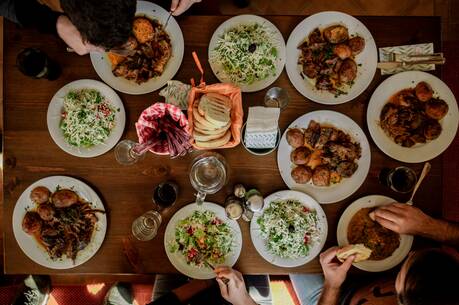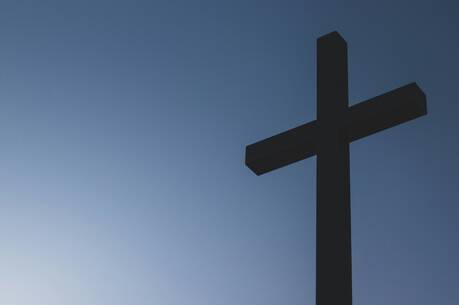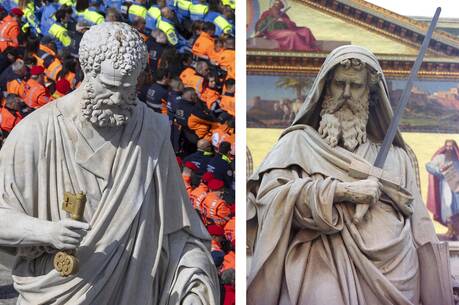In God's Bosom
No one has ever seen God—or so the ancients said. They believed you could not see God because God was invisible. Or, if one did see God, that person would not live to tell of it. Thus, Moses asks to see God’s glory, not God’s face. He is protected in a cleft of a rock and covered by God’s hand when God passes by. He is allowed to see God’s back as God tells him, “You cannot see my face; for no one shall see me and live” (Ex 33:20).
In the same way, today’s Gospel affirms, “We have seen his glory”—but even more, divinity has become entirely visible in the Word made flesh. In the face of Jesus and in the face of all his followers, we see God’s face—and live to tell of it! The exquisite poetry of John’s prologue takes us back to the origins of the cosmos, to the explosion of light and heat when life came into existence, brought into being by the power of God and the Word, one in being, one in generative love.
This divine desire to share love and life culminates with the “pitching of a tent” by the Word among humankind. In the desert sojourn with Israel, God would speak with Moses in the tent of meeting that Moses set up outside the camp. A pillar of cloud would descend upon it when Moses entered it to speak with God; then Moses would return to the camp (Ex 33:7-11). With the birth of Jesus, God inhabits the “tent” of human flesh, not in a place apart, but right in our midst.
Whereas Moses entered the tent for a solitary encounter with God, now God enters the tent of humanity so as to make “grace upon grace” directly available to every single one. This divine love and intimacy are revealed to us by the “only Son” who is “in the bosom of the Father.”
The intimacy of this relationship is not always as vividly expressed, as some translations render this phrase in Jn 1:18 as “at the Father’s side.” A more literal translation is “in the bosom” (kolpos) or “breast of the Father.” This image is reprised in Jn 13:23, when at the Last Supper the Beloved Disciple is reclining “in the bosom [kolpos] of Jesus.” The same intimacy between the Father and Jesus is shared with all disciples, who make visible in every generation the face of God in human flesh.
This article also appeared in print, under the headline “In God's Bosom,” in the December 14, 2009, issue.







